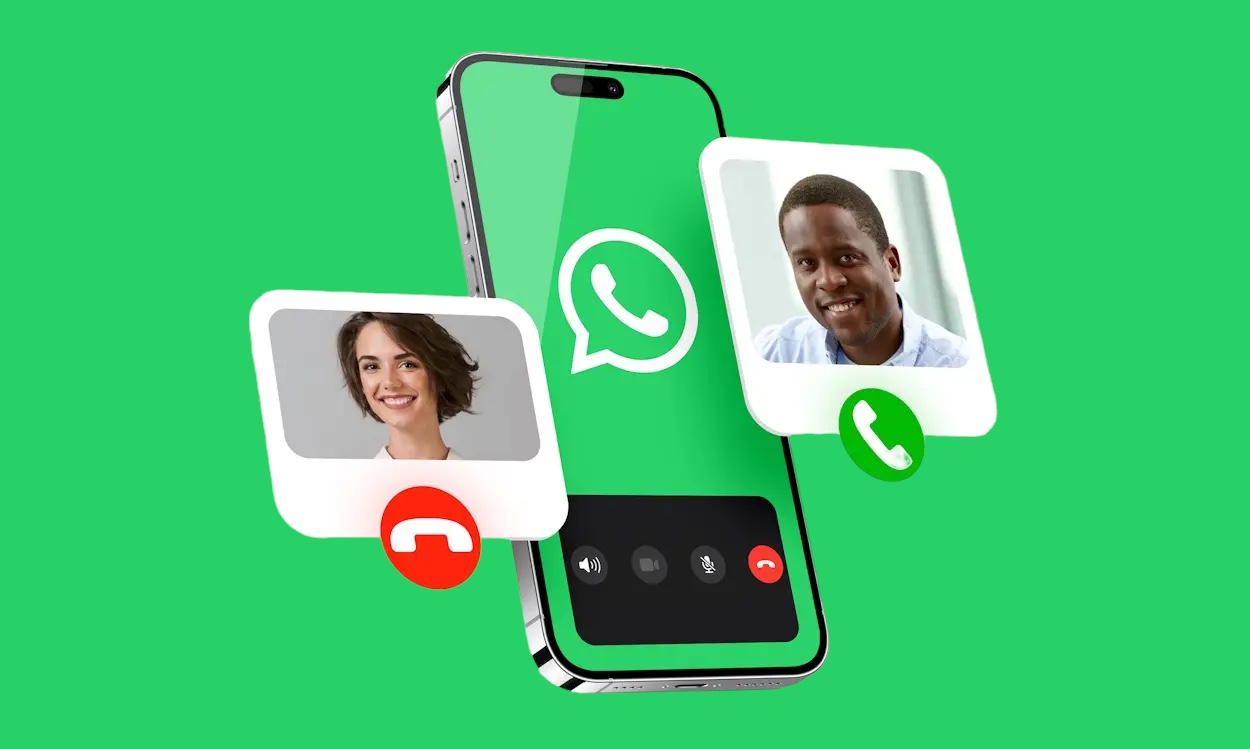Apple has introduced a new customization option for iPhone users, allowing them to designate WhatsApp as their default messaging and calling application. This feature, available in iOS 18.2, offers increased flexibility in how users interact with their devices.
With this update, users can configure their iPhones to automatically open WhatsApp when initiating calls or messages from various applications, such as web browsers, Contacts, Maps, and other platforms. This eliminates the need to manually select WhatsApp each time, streamlining the communication process.
Apple emphasizes that this feature is an optional customization, enabling users to personalize their iPhone experience according to their preferences.
How to Default to WhatsApp on iPhone:
To set WhatsApp as the default messaging and calling app, users must first ensure their iPhone is running iOS 18.2. Once confirmed, follow these steps:
- Open the “Settings” application.
- Scroll down and select “Apps.”
- Tap on “Default Apps.”
- Select “WhatsApp” for both the “Messaging” and “Calling” options.
After completing these steps, any calls or messages initiated from other iPhone applications will automatically open within WhatsApp.
Beta Feature Considerations:
While this functionality is present in the latest iOS version, it is officially designated as a feature within the WhatsApp TestFlight beta. This beta version allows users to test new features before their public release. However, it may also contain bugs or stability issues.
The feature appears to function correctly with the current standard WhatsApp beta version (version 25.8.74). However, its compatibility with all standard WhatsApp versions remains to be confirmed.
Future Possibilities:
This development suggests a potential trend towards increased customization options for third-party applications on iOS. Users may anticipate future updates that allow them to set other preferred apps as defaults.
For example, users may desire the ability to open Telegram for messaging or select a preferred taxi application when accessing location data from Maps.
The implementation of these customization options would further enhance the user experience, allowing for greater personalization of iPhone functionality.





